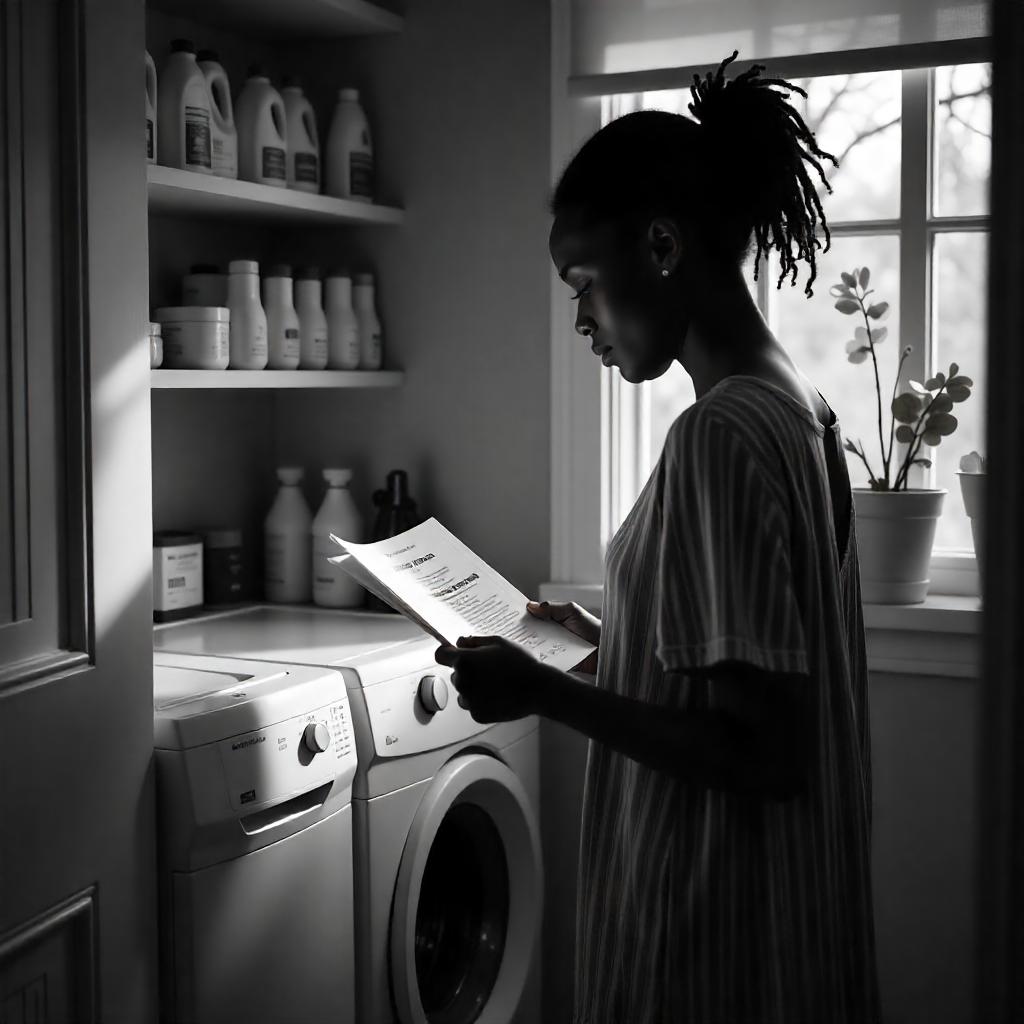
Installing a new washing machine doesn’t have to be complicated. With basic tools, a helper, and some attention to detail, you can easily set it up yourself. This guide walks you through each step, from unboxing to ensuring everything works smoothly.
Step 1: Gather Materials and Tools
Before you begin the installation, make sure you have everything you need. Once your washing machine is delivered, unpack it carefully and check inside for installation instructions and the drain hose. The following tools and materials will be required:
- Adjustable spanner
- Pliers
- Screwdriver (Phillips or flathead depending on the model)
- Level
- Bucket or towel
- A helper to move and position the machine
Step 2: Prepare the Area
Once everything is unpacked, prepare the space where you’ll install the washing machine. Depending on your model, you may need both hot and cold water connections, though some models with internal heaters only require a cold water connection. Make sure you have an electrical outlet (a surge protector is optional) and a drain available.
Ensure the area is clean and that the water supply is turned off to avoid any flooding while setting up.
Step 3: Attach the Drain Hose to the Drain Port
At the back of the washing machine, locate the drain port, which should be clearly marked. Attach the included drain hose to the port and tighten the clamp with your spanner. Be careful not to overtighten.
Step 4: Place the Drain Hose in the Standpipe
You should have a U-shaped form included with the drain hose. Insert the loose end of the hose into the form, making sure it faces downward. Place the other end into the standpipe or utility sink. Secure the hose to prevent it from coming loose during operation.
Expert Tip: Only about 11 centimeters of the hose should go into the standpipe. Inserting more may cause damage or malfunction.
Step 5: Connect the Hose to the Water Supply
Next, attach the water hoses to the corresponding faucets or water hookups. Tighten by hand until snug, then use a spanner to tighten it an additional 2/3 turn. Before connecting the hose to the washing machine, turn on the water and run it into a sink or bucket to clear any debris.
Expert Tip: Teflon plumber’s tape is typically unnecessary unless the connections are metal-to-metal. If you have plastic or rubber washers, they should create a watertight seal without it.
Step 6: Connect the Water Supply to the Washing Machine
Attach the other end of the water hose to the washing machine, tightening the coupling by hand, then another 2/3 turn with the spanner. Turn the water on to check for leaks.
If any water leaks from the connections, turn off the water, disconnect the hoses, and reconnect them, ensuring the threads are aligned properly. Tighten further if needed, but be careful not to overtighten, as this could damage the fittings.
Expert Tip: It’s recommended to replace water hoses every 5 years to prevent leaks and hose failures.
Step 7: Level the Washing Machine
Once your washing machine is in place and all connections are made, use a level to check that the machine is properly aligned, both lengthwise and widthwise. You can gently rock the machine to ensure all four feet are in contact with the floor.
If the washing machine isn’t level, adjust the leveling feet. Have one person lift the machine while the other rotates the feet — clockwise to raise and counterclockwise to lower. Recheck with the level to ensure it’s correctly aligned.
Step 8: Plug in the Washing Machine
With everything connected, plug your washing machine into the nearest electrical outlet. Consider using a surge protector to protect your machine from power surges. Now your washing machine is ready for use!
Step 9: Run a Short Wash Cycle
To verify that everything is working correctly, run a short wash cycle without any laundry. This allows you to check for leaks and ensures that all functions are operating properly.
Expert Tip: For Hoover washing machines, try the Quick Wash cycle, which uses less water and electricity, making it perfect for a test run.
Conclusion
Installing your washing machine can be a straightforward task with the right tools, a helping hand, and careful attention. By following these steps, even without technical knowledge, you can complete the installation process efficiently.
Expert Tip: If you’re short on time or prefer professional help, Hoover offers free installation when you purchase directly from their website.

